Episodes
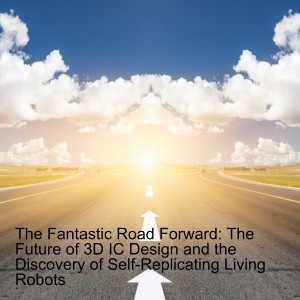
Friday Dec 03, 2021
Friday Dec 03, 2021
This week's podcast is all about the future of 3D IC tools and methodologies and the newest advancement in xenobot research. Vinay Patwardhan (Cadence Design Systems) and I discuss the challenges engineers experience when designing 3D chips, where existing 3D-IC tools and methodologies fall short, and what type of analysis we need for a 3D stack system as opposed to a standard chip design. Also this week, I investigate how a group of researchers from the University of Vermont, Tufts University, and the Wyss Institute for Biologically Inspired Engineering at Harvard University have discovered a brand new form of biological reproduction and how they used this new discovery to create the world’s first self-replicating living robots.
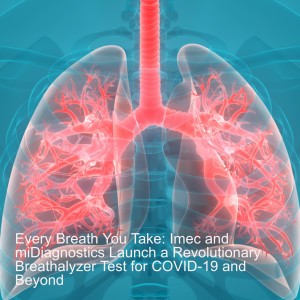
Friday Nov 05, 2021
Friday Nov 05, 2021
In this episode of Fish Fry, Peter Peumans (Imec) joins me to discuss an exciting breakthrough in COVID-19 testing spearheaded by miDiagnostics and Imec. We take a closer look at what sets this new kind of testing method apart from other testing methods on the market today, the details of Imec’s silicon chip technology that lies at the heart of this new technology, and how this kind of testing method could revolutionize how we test for other diseases in the future. Also this week, we check out a new 3D printing method developed by a team of researchers from the University of Notre Dame and Purdue University that integrates functional and structural materials into a single streamlined printing platform.
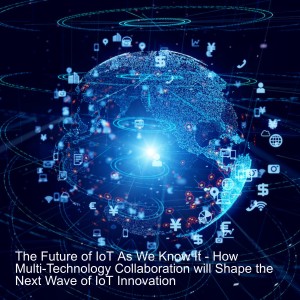
Thursday Oct 21, 2021
Thursday Oct 21, 2021
What do swarming robots, LoRa, and the future of IoT communications have in common? This week’s Fish Fry podcast! We start things off with an investigation into a new robotic research project developed by Notre Dame assistant electronic engineering professor Yasemin Ozkan-Aydin. We take a closer look at the details of these new swarming robots and how they maneuver in challenging environments and accomplish difficult tasks collectively. Also this week, Rémi Lorrain (Semtech) joins us to discuss the differences between LoRa and LoRaWAN, what the collaboration between Swam technologies and Semtech looks like, and how LoRa will help provide connectivity to new areas of the world.
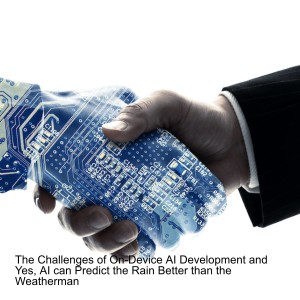
Friday Oct 15, 2021
Friday Oct 15, 2021

Friday Sep 03, 2021
Taking Piracy out of the Driver’s Seat
Friday Sep 03, 2021
Friday Sep 03, 2021
In this week’s Fish Fry podcast, Ted Miracco (CEO - Cylynt) and I discuss the increased prevalence of software piracy in the automotive industry and what can be done to stem the tide of unauthorized software use today. We also discuss the current state of cybersecurity today and the details of their upcoming Cylynt Connect Software Monetization and Anti-Piracy Summit. Also this week, I investigate a new soft and stretchable metal alloy-based energy harvester that converts movement into electricity developed by a team of researchers from North Carolina State University. (Spoiler alert: it works underwater too!)
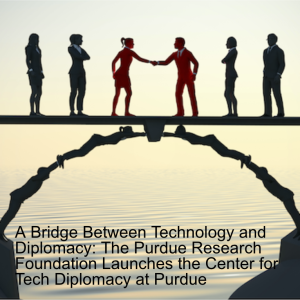
Friday Aug 20, 2021
Friday Aug 20, 2021
In this episode of Fish Fry, I am happy to announce that Mung Chiang (EVP and Dean of Engineering College at Purdue University) is joining me to discuss the new Center for Tech Diplomacy at Purdue University. Mung and I discuss the multi-layered connection between technology and freedom and how this new tech tank will build a bridge between the worlds of technology and diplomacy. Also this week, I check out new research from the National Institutes for Quantum and Radiological Science and Technology in Japan that may have cracked the code of benefit and cost-based motivation (Spoiler alert: It involves manipulating the dopamine receptors of macaque monkeys!).
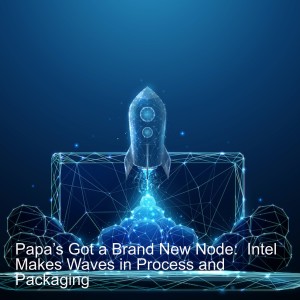
Friday Aug 13, 2021
Papa’s Got a Brand New Node: Intel Makes Waves in Process and Packaging
Friday Aug 13, 2021
Friday Aug 13, 2021
On your mark. Get set. Let’s fry some fish! In this week’s podcast, I chat with Sanjay Natarajan (Senior Vice President and Co-General Manager, Logic Technology Development at Intel) about what the roadmaps for Intel’s process and packaging technologies looks like, the motivations behind Intel’s move to a new node naming convention, and what Sanjay believes will be the key factors that will drive the continuation and success of Moore’s Law. Also this week, I check out how new research from the University of Tsukuba is improving the possibility of launching rockets using a high-power beam of microwave radiation.
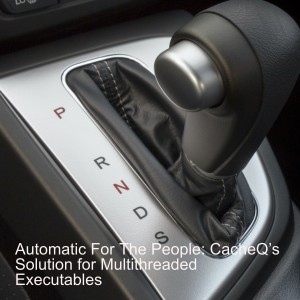
Wednesday Aug 04, 2021
Automatic For The People: CacheQ’s New Compiler for Multithreaded Executables
Wednesday Aug 04, 2021
Wednesday Aug 04, 2021
In this week’s Fish Fry podcast, CacheQ CEO Clay Johnson joins me to discuss their new compiler for multi-threading acceleration for CPUs with multiple physical cores and why there is a need for a heterogenous compute development environment specifically for software developers. Also this week, I take a closer look at new self-healing, re-configurable, and recyclable stretchy skin-like circuits developed by Virginia Tech Department of Mechanical Engineering and the Macromolecules Innovation Institute.
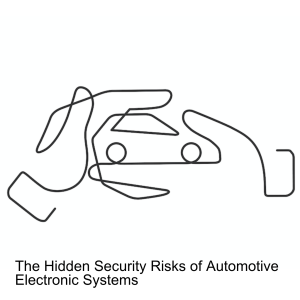
Friday Jul 23, 2021
The Hidden Security Risks of Automotive Electronic Systems
Friday Jul 23, 2021
Friday Jul 23, 2021
What comes to mind when you think of an automotive energy source? I’m guessing of all the things you could possibly imagine tamarind shells wouldn’t be one of them… but maybe they should be. To start things off in this week’s Fish Fry podcast, I take a closer look at a new multi-national research study that could pave ways to supply energy to cars. (Spoiler Alert: It involves creating carbon nanosheets from tamarind shells!) Keeping with our vehiclular theme, Adrian Cosoroaba (Windbond) joins me to discuss the hidden security risks of automotive electronic systems.
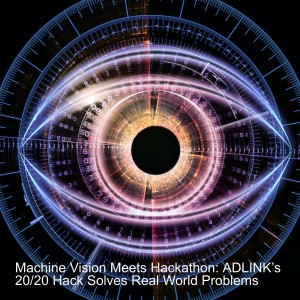
Friday Jul 09, 2021
Friday Jul 09, 2021
Who loves a good ol’ fashioned hackathon? In this week’s Fish Fry podcast, we are talking about encouraging innovation in machine learning with ADLINK’s recent 20/20 Vision Hack. Paul Wealls (ADLINK) and Sergio Velmay join me to discuss the motivations behind creation of this hackathon, the details of Sergios’s winning project entry, and how ADLINK and Intel are looking to help solve real-world problems in manufacturing, logistics and industrial applications with this unique program. Also this week, I check out how a group of engineers from the University of Illinois (with the help of two supercomputers) have developed a way to use physics-informed neural networks to predict the outcomes of the complex processes involved in additive manufacturing.

